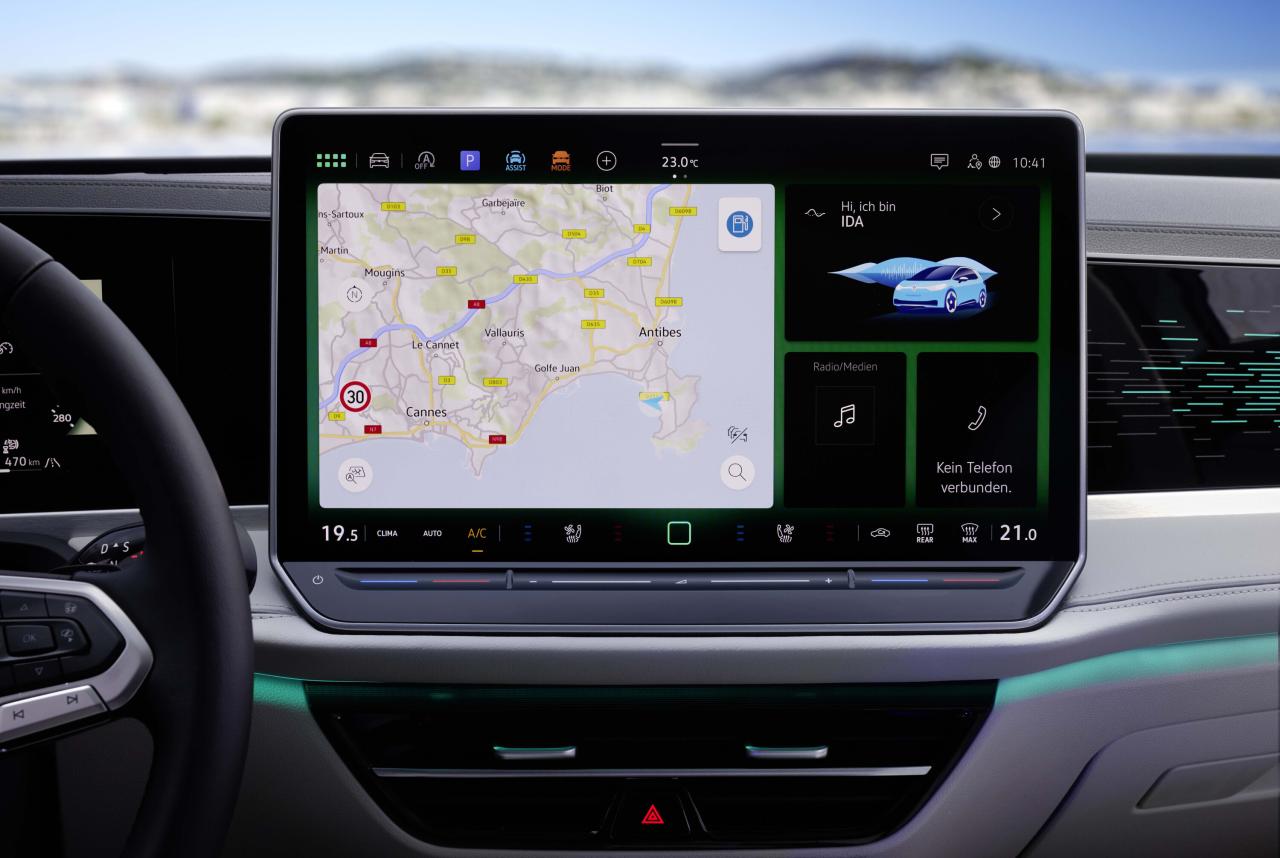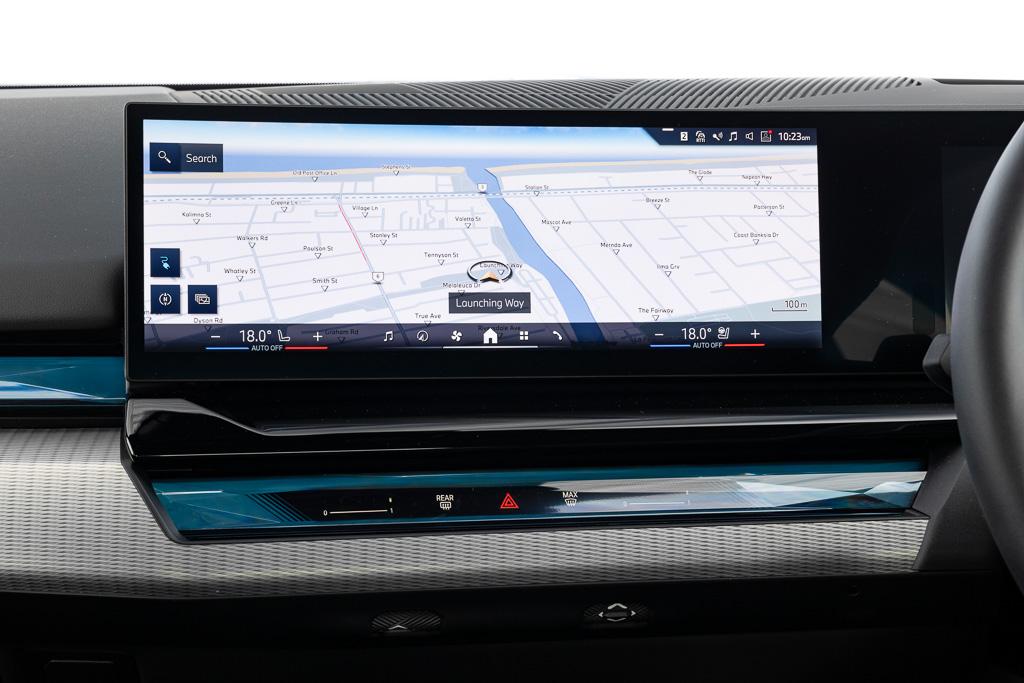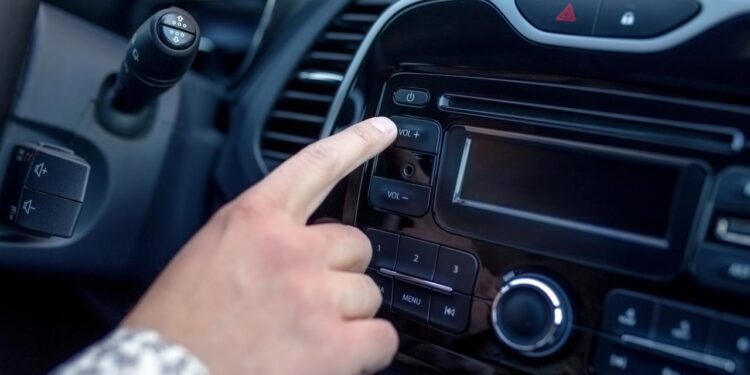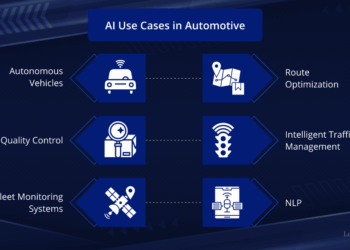In the ever-evolving world of automotive technology, vehicle safety has always been a priority. As automakers integrate advanced systems and infotainment features, there’s been a noticeable shift toward touchscreens and voice-activated controls. While these innovations provide convenience, some critics argue that they can take drivers’ attention away from the road, leading to potential safety hazards. In response to these concerns, the European New Car Assessment Programme (EuroNCAP), a leading safety authority, has started recognizing cars that prioritize physical controls over touchscreen systems. This move emphasizes the importance of keeping safety at the forefront of car design, ensuring drivers can maintain full control of their vehicle while navigating through complex menus.
In this article, we will explore the significance of EuroNCAP’s new initiative, how it impacts the automotive industry, and why physical controls might be the safer option for modern vehicles.
Understanding EuroNCAP’s Role in Vehicle Safety
EuroNCAP is an organization that plays a critical role in evaluating the safety of new cars sold in Europe. By conducting a series of rigorous crash tests and safety assessments, EuroNCAP provides consumers with vital information about a vehicle’s safety performance. The organization’s crash tests have become a benchmark for assessing vehicle protection, influencing consumer buying decisions and encouraging manufacturers to improve their car designs.
While EuroNCAP’s core focus has traditionally been on crash safety, the organization has evolved over time to consider other factors that contribute to overall safety. This includes advanced driver-assistance systems (ADAS), vehicle ergonomics, and now, the interface between the driver and the vehicle’s controls. As touchscreens and digital interfaces become increasingly common in modern vehicles, EuroNCAP has adjusted its criteria to reflect the importance of keeping these systems intuitive and, most importantly, safe for drivers.
Why Physical Controls Matter
Physical controls such as knobs, buttons, and switches have been a staple in vehicle design for decades. While they might seem old-fashioned in an era dominated by digital technology, physical controls offer several advantages that touchscreens and voice commands can’t match. These include:
A. Improved Driver Focus
One of the primary concerns with touchscreens and voice-activated systems is that they require a level of attention from the driver that takes their focus off the road. Adjusting the temperature, changing the radio station, or accessing navigation information through a touchscreen can be distracting, especially while driving at high speeds or on busy streets. Physical controls, on the other hand, are tactile and allow drivers to make adjustments without looking away from the road. With a simple turn of a knob or push of a button, drivers can control essential features without losing focus on driving.
B. Reduced Cognitive Load
In a modern car with a touchscreen interface, the driver must often navigate through multiple menus to access specific functions. This can increase the cognitive load required to operate the vehicle, particularly when there are many layers of menus to go through. Physical controls, such as volume knobs or climate control switches, reduce the need for cognitive effort by providing direct access to the functions the driver needs. This simplification helps drivers make decisions more quickly and with less mental strain, contributing to a safer driving experience.
C. Enhanced Usability
While touchscreen interfaces can be visually appealing and intuitive at first glance, they can sometimes be frustrating to use, especially when they are not designed well. Issues such as unresponsive touchscreens, complex menu systems, or difficulty using the system while wearing gloves can compromise usability. Physical controls, by contrast, are universally understood and easy to operate, even for drivers who may not be as familiar with technology. The simplicity and reliability of physical controls contribute to an overall more user-friendly experience.
D. Safer in Emergency Situations
In moments of crisis or when driving under stress, a driver needs to react quickly and decisively. A touchscreen that requires multiple steps to perform a basic function may not be ideal in an emergency. For example, adjusting the climate control or turning on the headlights might be a matter of urgency in a situation where visibility is reduced or temperature changes rapidly. With physical controls, these actions are more immediate, ensuring the driver can address the situation quickly without fumbling through a touchscreen interface.
EuroNCAP’s New Focus on Driver Interface Safety

With these considerations in mind, EuroNCAP has taken steps to evaluate how well a vehicle’s controls support safe driving. In recent years, EuroNCAP has updated its criteria to include the assessment of driver interfaces, including how easy and safe it is to use a car’s controls while driving. The inclusion of this new evaluation category comes as part of the broader trend of considering human factors and ergonomics in vehicle safety design.
A. Scoring System for Driver Interaction
EuroNCAP’s updated scoring system awards higher ratings to vehicles that offer physical controls for essential functions like climate control, audio systems, and seat adjustments. Cars with intuitive and easily accessible physical controls are given additional points in the assessment, rewarding manufacturers who prioritize driver focus and usability. This system encourages automakers to rethink how their vehicles’ interfaces are designed, making it easier for consumers to make informed decisions based on safety considerations.
B. Impact on Automotive Design
By placing more emphasis on physical controls, EuroNCAP is influencing the design priorities of automakers. Manufacturers are now faced with the challenge of balancing digital innovation with physical controls, creating vehicles that meet the growing demand for technology while ensuring safety and ease of use. For some automakers, this may mean reevaluating their reliance on touchscreens and exploring ways to incorporate more physical controls into their vehicle designs.
C. Consumer Awareness and Demand
As the automotive industry continues to embrace digital technology, consumers are becoming increasingly aware of the potential risks associated with touchscreens. While some consumers enjoy the convenience of digital systems, many are seeking vehicles that offer a safer, more straightforward user experience. EuroNCAP’s focus on physical controls provides consumers with a clear benchmark for assessing a vehicle’s safety and usability, helping them make more informed choices when purchasing a new car.
The Role of Technology in Automotive Safety
While physical controls are important, they are only one piece of the puzzle when it comes to automotive safety. Technological advancements in vehicle safety systems—such as lane-keeping assist, automatic emergency braking, and adaptive cruise control—are also critical components of modern car design. EuroNCAP evaluates these features as part of its overall safety ratings, and their integration into vehicles has helped reduce accidents and improve overall road safety.
A. Advanced Driver Assistance Systems (ADAS)
ADAS technologies, which use sensors and cameras to monitor the vehicle’s surroundings, are now commonplace in many vehicles. These systems help drivers maintain control by providing real-time alerts about potential dangers, such as vehicles in blind spots or obstacles in the road. EuroNCAP evaluates these systems as part of its testing process, and cars that are equipped with advanced safety features receive higher ratings.
B. Autonomous Driving Technology
In addition to ADAS, the automotive industry is also moving toward fully autonomous vehicles. While this technology is still in its early stages, it promises to significantly reduce the potential for human error on the road. EuroNCAP is actively involved in assessing the safety of autonomous vehicles and providing guidelines to ensure that these technologies are implemented safely and effectively.
C. The Future of Vehicle Interfaces
As technology continues to evolve, the debate between physical controls and digital interfaces will likely continue. While it’s clear that touchscreens offer certain advantages, such as more customizable settings and streamlined interfaces, the importance of driver safety and focus cannot be overstated. Manufacturers may find that a hybrid approach, combining physical controls with intuitive digital systems, offers the best of both worlds.
The Impact of EuroNCAP’s New Criteria

The shift in EuroNCAP’s approach to vehicle safety has far-reaching implications. Automakers will need to adapt to the new evaluation standards, and consumers will benefit from safer, more user-friendly vehicles. The increased focus on physical controls could also have a positive impact on overall road safety, as drivers are better equipped to focus on the road rather than navigating complex touchscreen interfaces.
For car buyers, this means that they can now look for specific features that improve their driving experience, such as tactile controls that don’t require visual attention. In addition, vehicles that perform well in EuroNCAP’s safety tests, including those with physical controls, will likely retain higher resale values and attract more consumers who prioritize safety.
Conclusion
EuroNCAP’s decision to reward vehicles with physical controls is a timely and important move that acknowledges the growing concerns about driver distraction in modern vehicles. While digital interfaces continue to shape the future of automotive design, physical controls remain a crucial element in ensuring driver safety. As automakers continue to innovate, balancing technology with practicality will be key to creating vehicles that are both advanced and safe. With EuroNCAP’s updated evaluation system, consumers can now make more informed choices, knowing that their vehicle will offer both cutting-edge technology and a safe, intuitive driving experience.















